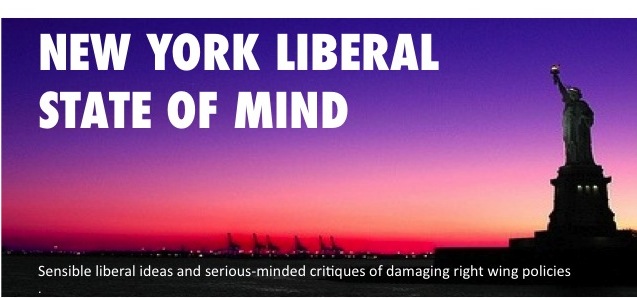In 2009 our trade deficit with China was about $227 billion dollars. We sent them about $69.5 billion in goods and services and they sent us $294.4 billion.
The world's largest retailer, Wal-Mart Stores Inc, says its inventory of stock produced in China is expected to hit $22 billion this year, keeping the annual growth rate of over 20% consistent over two years.
Xu Jun, Wal-Mart China's director of external affairs recently said that China is Wal-Mart's most important supplier in the world. I looked further into this.
A spokesman in New York from Mr. Xu's bureau (also named Xu) said "If Wal-Mart were an individual economy, it would rank as China's eighth-biggest trading partner, ahead of Russia, Australia and Canada."
Furthermore, over 70% of the commodities sold in Wal-Mart are made in China. (Commodities such as textiles, toys, hardware, etc., as opposed to raw commodities like coffee, steel, etc.)
No China, no Wal-Mart.
But, aren't there other countries - Vietnam, South Korea, Mexico - Alabama and Mississippi - who can make the products Wal-Mart wants to sell? Certainly, but China engages in practices that create low prices for the American, European and other "western" markets (called first importers) on the backs of countries regarded as secondary importers (places like Pakistan, African nations, Brazil, Chile, and so forth).
One method is called an "arbitrage opportunity." Here's how it works.
Let's say Wal-Mart has the need for 1 million Dick Cheney bobble-head dolls. Wal-Mart strikes the design and owns the copyright. They transmit the design to China with the understanding that the Cheney bobbleheads (predicted to be wildly popular) will be landed in Los Angeles for 63 cents each.
BUT China has the right under the deal to make another 1 million Cheneys that can be sold anywhere except in Wal-Marted countries (the so-called secondary importer markets). These are sold to distributors or big retailers for $1.39 each by the Chinese manufacturers. Wal-Mart has done the marketability research, designed the schematics for production, tested the products, and rolled them out.
The average price for the full run of manufacturing is $1.01 per piece. Of course, Wal-Mart has only paid 63 cents and so when they sell them for $3 retail, there is a profit of $2.37, whereas those in the secondary importer markets have paid more than double to the manufacturer in China.
What are the net results for the United States? A very cheap Dick Cheney bobblehead doll, obviously. But also a loss of potential manufacturing opportunities.
Could we make the bobblehead dolls for 63 cents here? Probably never, especially if they require the hand painting of an arched eyebrow on Cheney's face. Might we be able to make them for the $1.01 average? Almost. We could probably make them for $1.10 or somewhere around that. Because our low-skill factory workers have to make $12 to $15 per hour as opposed to the $12 per DAY a worker makes in China.
But, the full story is really hidden in the second half of the 2 million bobblehead doll run. The Chinese engage in what is poetically called "quality fade." A few minutes after the 1 millionth doll for Wal-Mart is made, a cheaper spring that makes Cheney's head bobble is substituted, a cheaper grade (or even toxic grade) paint is used, lower quality shipping materials are employed, etc. So, within the second million, not only is the price charged higher to wholesalers, but the profit margin, because of shabbier workmanship and materials, is even stronger for the Chinese manufacturer.
In manufacturing, the United States makes big, complex products. Airplanes, turbines, tractors, computers, autos, etc. All products from the first to the very last that rolls off the line must be of as high quality. We don't expect Boeing to be cutting a whole lot of corners on the 800th plane of an order.
The import tariff + VAT taxes on finished goods going into China is anywhere between 22% and 40%. Between the US and EU, which many economists consider high but realistic given protectionist urges, the taxes run about 14% total either way on average.
Free Trade anyone? Essentially, we can't sell anything in China that the Chinese make themselves.
Death by a thousand cuts. Read the labels of the things you buy.
Friday, March 12, 2010
Subscribe to:
Post Comments (Atom)





No comments:
Post a Comment